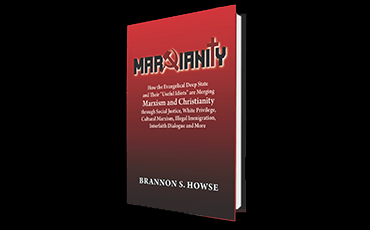A Note to Our Generals
The Chinese and Russian grand strategy of today evolved from the ideas of Soviet Marshal V.D. Sokolovskiy and KGB General N. Mironov in the late 1950s (working under a special committee led by L. Brezhnev). Conceived as a long range strategy that would carry into the twenty-first century, its military focus was centered on the decisive weapon of the next war: — strategic nuclear missiles. These could be safely employed only after a prolonged period of low intensity asymmetrical warfare aimed at disrupting the United States.
However we wish to interpret events of the last sixty years, a survey of Chinese and Russian defector testimony, together with known strategic writings, points to a carefully orchestrated “combination play” (envisioned by the Russian and Chinese strategists before the Sino-Soviet split in 1960, and re-envisioned in 1991-2 when they began their realignment).
The writings of J. Sejna, A. Golitsyn, S. Lunev and V. Suvorov suggest that this “combination play” would take the form of a strategic “sequence” which aims at the collapse the U.S. economy. This collapse would then be exploited politically. In the final phase, the resulting unstable political situation would open the U.S. to a surprise military attack.
The strategic sequence would also include civil unrest in the cities, an intensification of ideological differences, and growing popular dissatisfaction with the government. Two diversionary operations would run parallel to each other in this sequence; first, WMD gray terror attacks and a diversionary U.S. civil war scenario. The civil war scenario would be extremely useful for setting up a surprise attack on U.S. command and control, ICBM and bomber bases. (For example, enemy special forces troops could attack missile bases wearing U.S. military uniforms.)
The following five points suggest that the Sino-Russian “sequence” is now underway:
1) The Hong Kong protests, in which thousands of anti-CCP activists have been arrested or killed, appears to have been a planned provocation of the PRC Ministry of State Security in advance of the COVID-19 pandemic. The timing is highly suspicious.
2) The COVID-19 pandemic provides ideal cover for a mass military mobilization of the People’s Liberation Army. In fact, Chinese officials openly talk about “preparing for war.”
3) In this context we should ask whether the collapse of oil prices was part of a larger unseen collaboration — which has hurt the U.S. energy sector disproportionately, even as it has helped China acquire a massive supply of cheap oil in advance of a war.
4) Aside from a ballooning debt, there is the problem of shrinking U.S. tax revenues. How will the U.S. military maintain its military machine in the midst of an unprecedented cash crunch? How will the U.S. rebuild its nuclear deterrent, now nearing the end of its shelf life, when there is no money?
5) The riots and attending incendiary attacks on U.S. cities may be part of the enemy’s civil war scenario. If the domestic situation worsens, and the country divides into hostile camps, expect nuclear strikes against U.S. strategic assets.
Support Our Broadcast Network
Trending Stories
Latest
We're a 100% Listener Supported Network
3 Simple Ways to Support WVW Foundation
Make Monthly Donations
-or-
A One-Time Donation
-
Mail In Your Donation
Worldview Weekend Foundation
PO BOX 1690
Collierville, TN, 38027 USA -
Donate by Phone
901-825-0652























